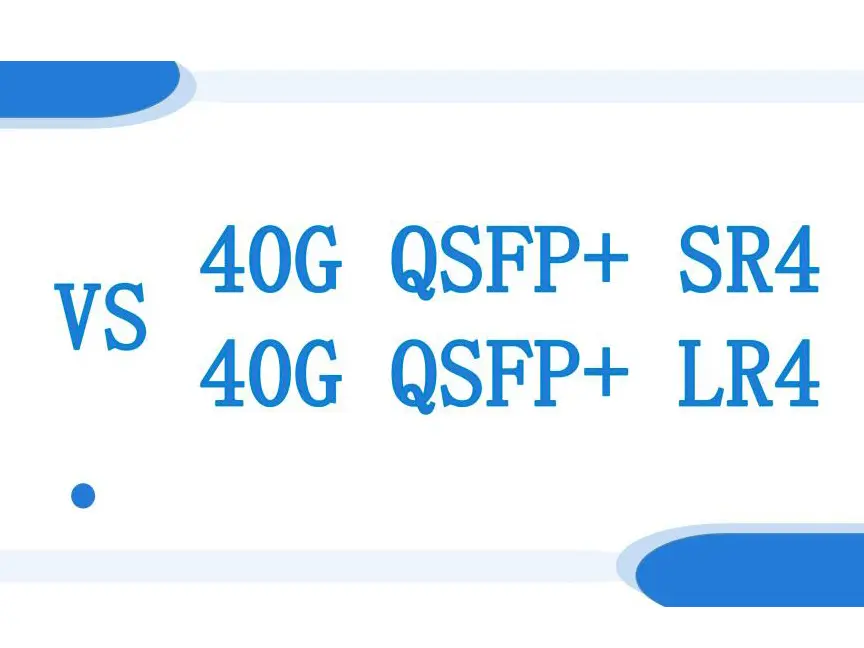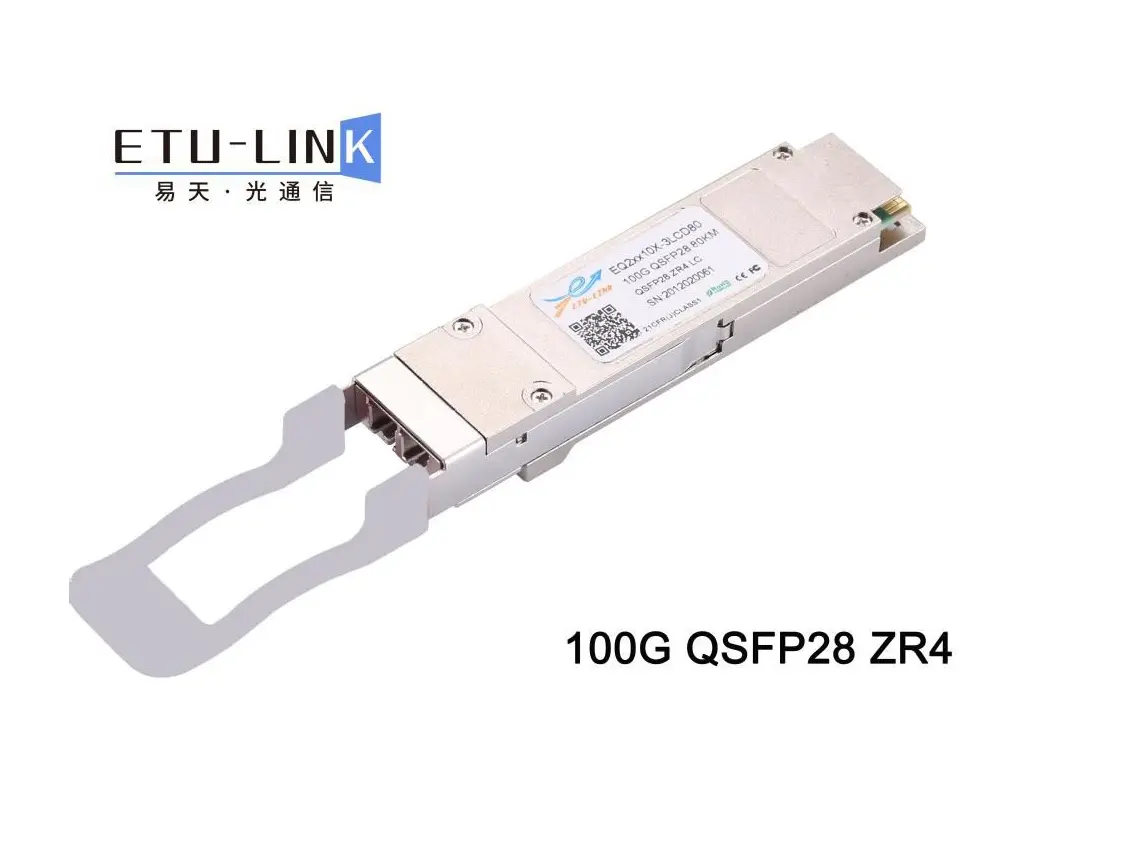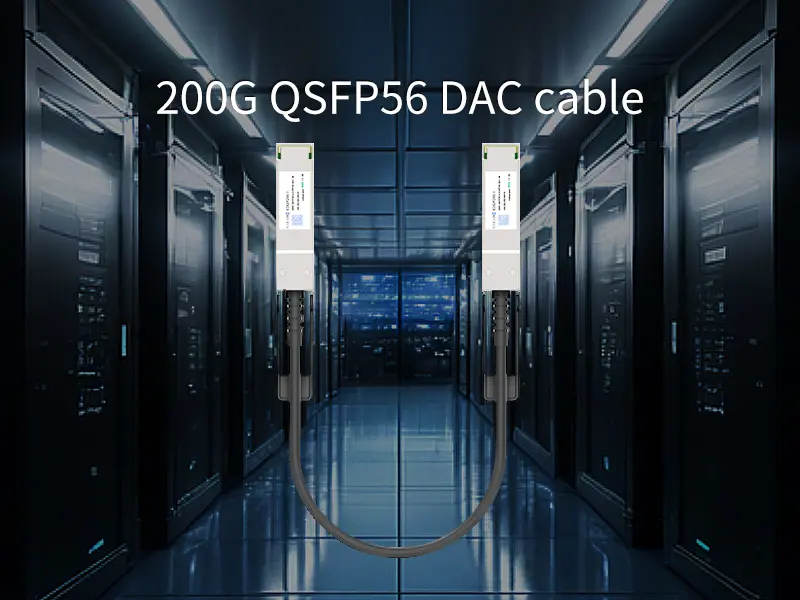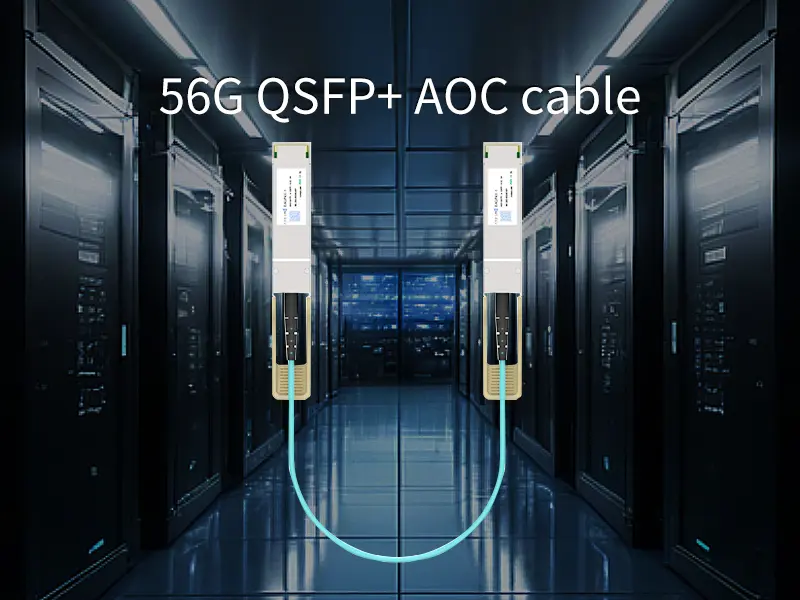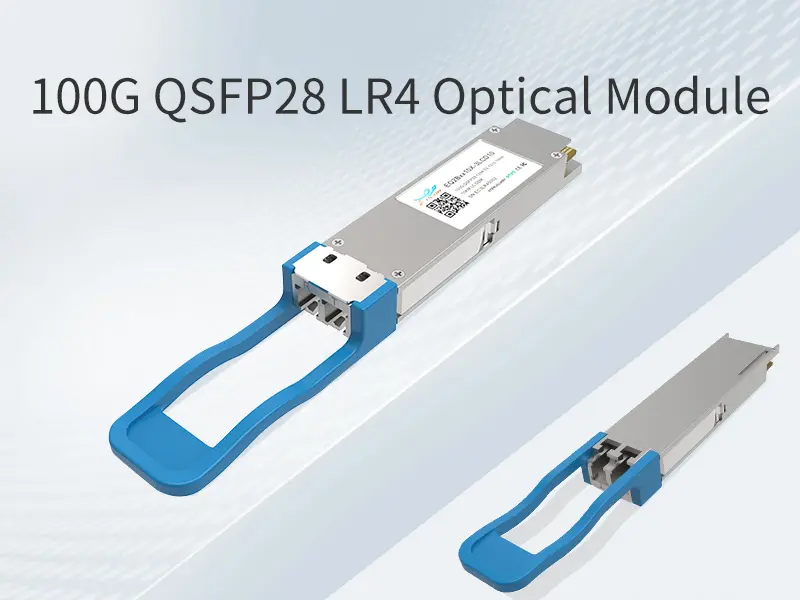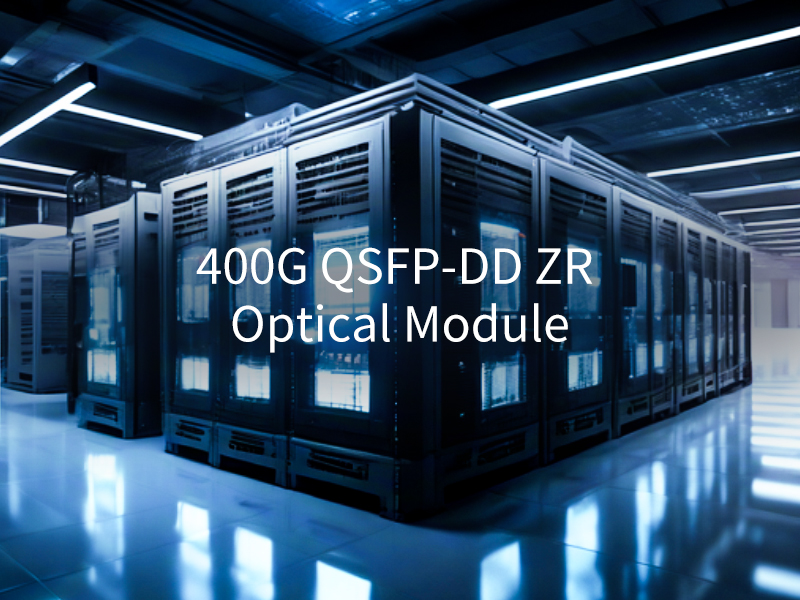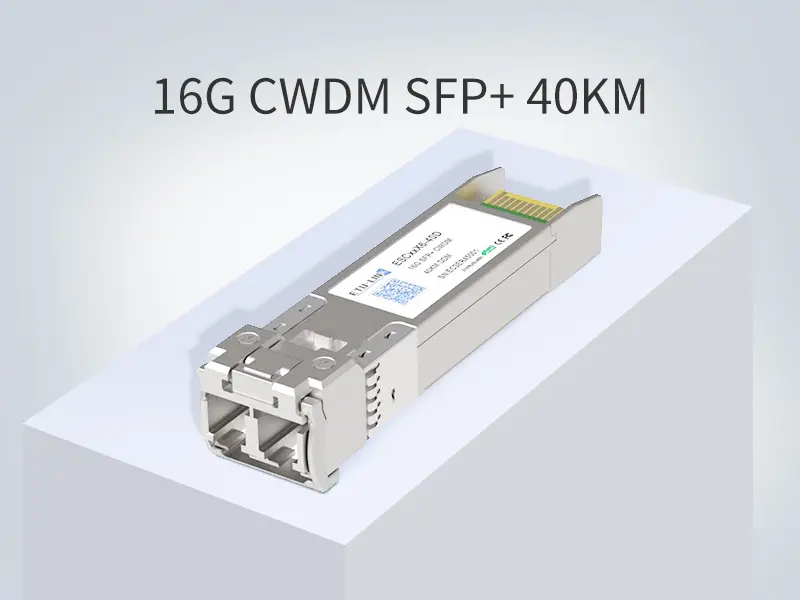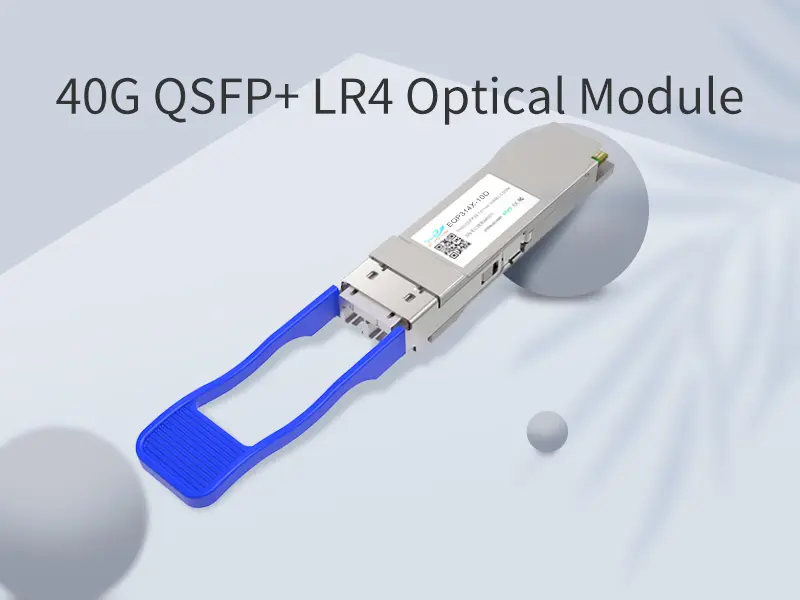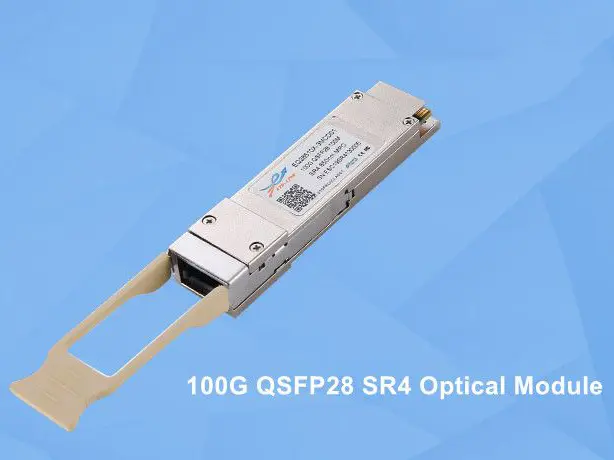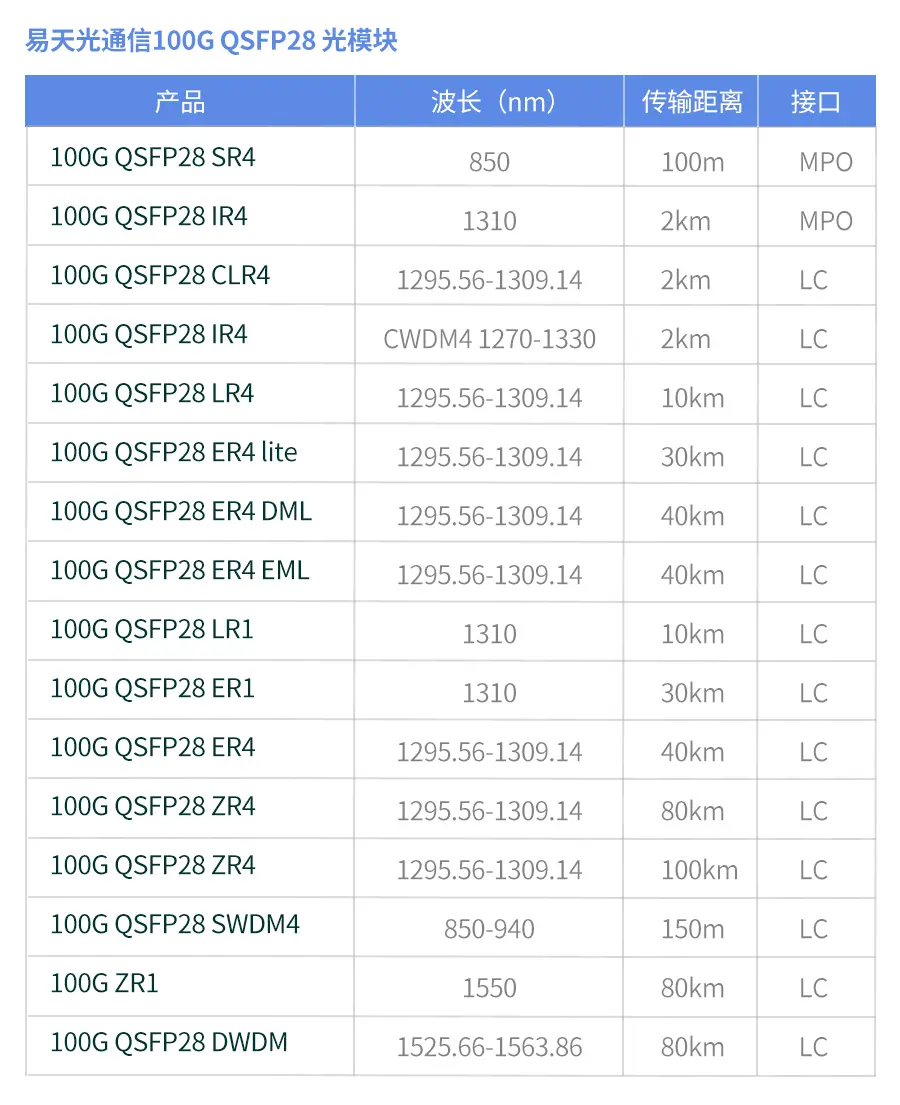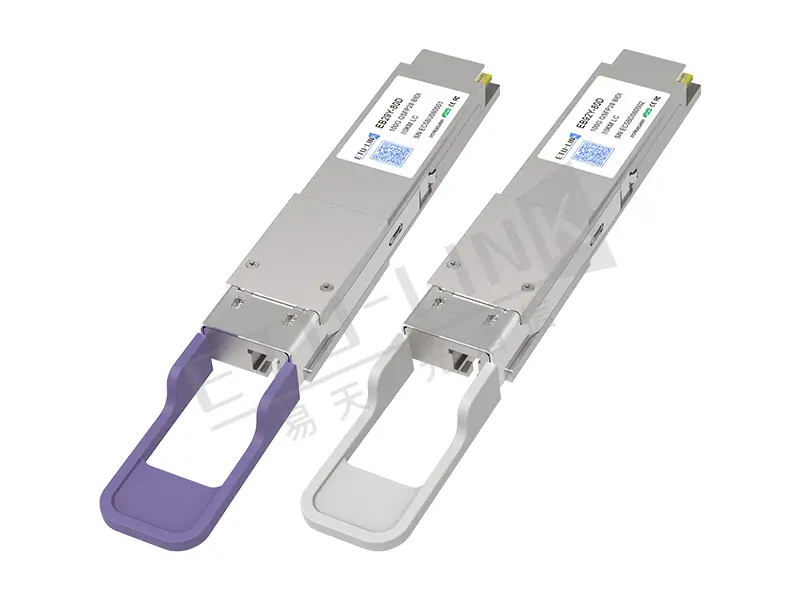Guide | 100G Optical Module: 5 Dimensions and Practical Selection Solutions
In the field of optical communications, the demand for high-speed connections continues to surge , and 100G optical modules have become the core of building intelligent networks. Faced with a variety of models such as SR4/LR4/ER4, how should engineers choose? This article uses 5 major classification dimensions + practical selection solutions to help you overcome the selection difficulties!
1. Packaging Determines Performance Boundaries: 100G QSFP28 VS CFP
▶ QSFP28 - Preferred for high-density deployment.
Small size (compatible with QSFP+), hot-swappable; low power consumption, suitable for high-density deployment; supports 4×25G NRZ or 1×100G bit PAM4 modulation.
Typical applications : data center interconnect, 100G Ethernet, 5G forward/intermediate transmission.
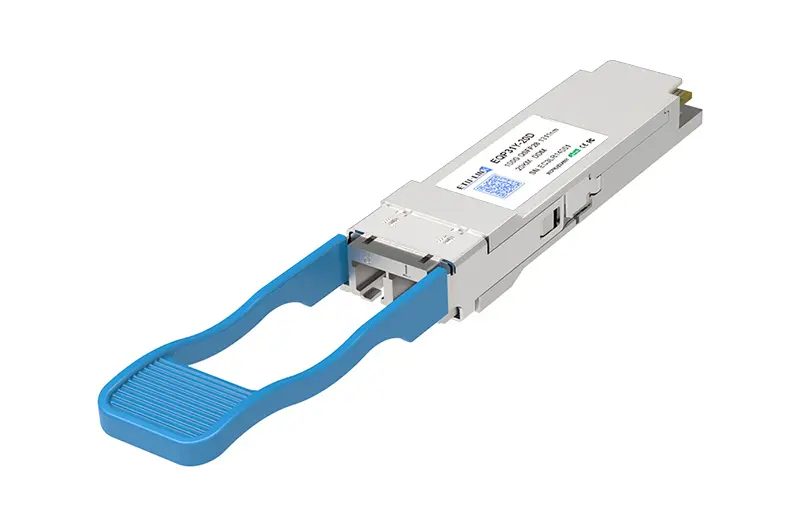
▶ CFP/CFP2/CFP4 - Long-distance transmission. The original
early 100G standard, with a large size (CFP4 is relatively compact); high power consumption, gradually replaced by QSFP28; supports longer distance transmission ( such as CFP2-ER4 up to 40km ).
Typical applications : early metropolitan area network, backbone network.
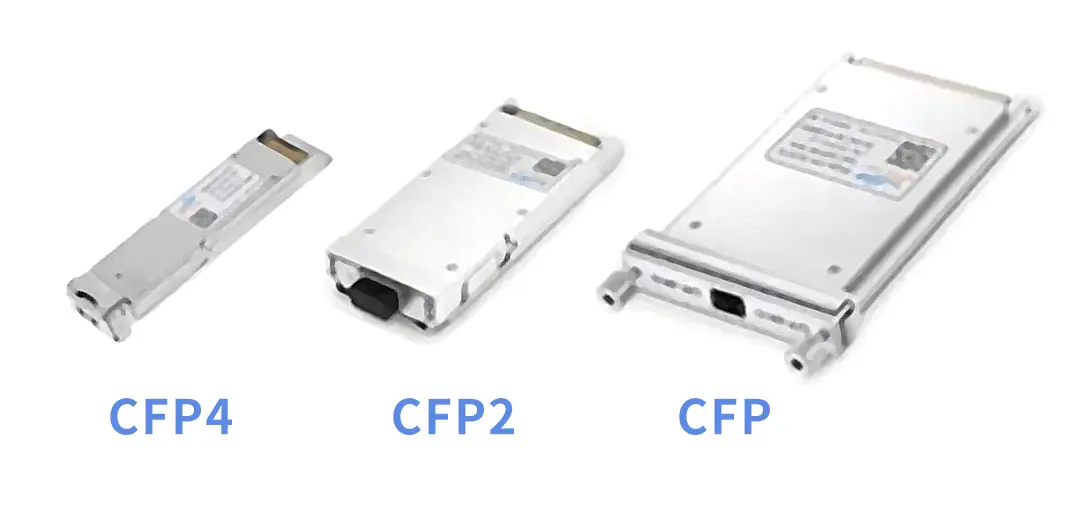
2. Distance determines the technical route
| Type | Transmission distance | Fiber Type | Core Technology | Additional Requirements | Cost and power consumption | Typical application scenarios |
| SR4 | ≤100m | Multimode |
4×25G NRZ parallel transmission
| none | ★☆☆☆☆ | Short distance interconnection within data center cabinets |
| LR4 | 10km~40km | Single Mode | CWDM Technology | EDFA amplifier is needed to extend the distance | ★★☆☆☆ | Data center inter-building interconnection and metropolitan area network access |
| ER4 | 40km~80km | Single Mode | DWDM Technology | TEC temperature control and FEC forward error correction are required | ★★★☆☆ | Metro backbone network, long-distance telecommunication transmission |
| ZR/ZR+ | 80km~120km | Single Mode | Coherent Optical Technology | No relay required | ★★★★☆ | Inter-city backbone network, submarine optical cable system |
3. Hidden secrets in modulation technology
NRZ traditionally uses
A single channel at 25G rate, and 4 channels in parallel can achieve 100G; The technology is mature and the cost is low; The spectrum efficiency is low.
Typical module : 100G QSFP28 SR4/LR4.
PAM4 innovates
the 100G rate of a single optical port channel, achieving 100G on a single channel ; the spectrum efficiency is doubled; it has high requirements on the linearity of optical devices and requires DSP compensation.
Typical modules : 100G QSFP28 DR1/FR1/LR1/ER1/ZR1 (future 400G compatible).
4. Fiber Mode Selection Rules
The multimode solution (MMF)
uses multimode optical fiber (OM3/OM4) with a core diameter of 50/62.5μm; short-distance transmission (≤150 meters) and low cost;
Typical models : 100G SR4, 100G AOC (active optical cable).
The single-mode solution (SMF)
uses single-mode optical fiber (G.652.D) with a core diameter of 9μm; it has long-distance transmission (10km~120km) and is more expensive;
Typical models : 100G LR4, ER4, ZR.
- Specialfunction type
▶ Tunable optical module (Tunable)
Supports dynamic wavelength adjustment (such as C-band 1530nm~1565nm); simplifies spare parts inventory and flexibly adapts to DWDM networks; the price is 2~3 times that of fixed wavelength modules.
▶ BiDi single-fiber bidirectional module
: single fiber bidirectional transmission; save 50% fiber resources;
Typical model : 100G QSFP28 BIDI LR1
ETU-Link 100G BIDI Optical Module
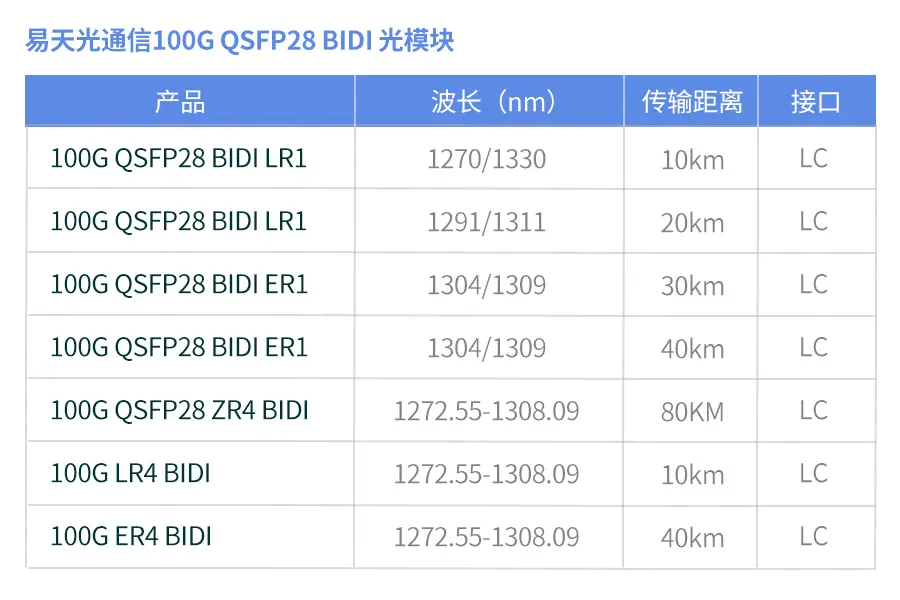
By properly selecting the type of optical module, you can balance performance, cost, and the sustainable development needs of the network architecture.
This is the end of this article! ETU-LINK is committed to providing customers with high-quality, high-performance optical module products, so that customers can better respond to the ever-changing market demands.
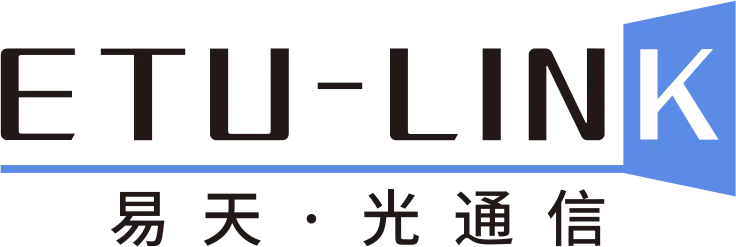
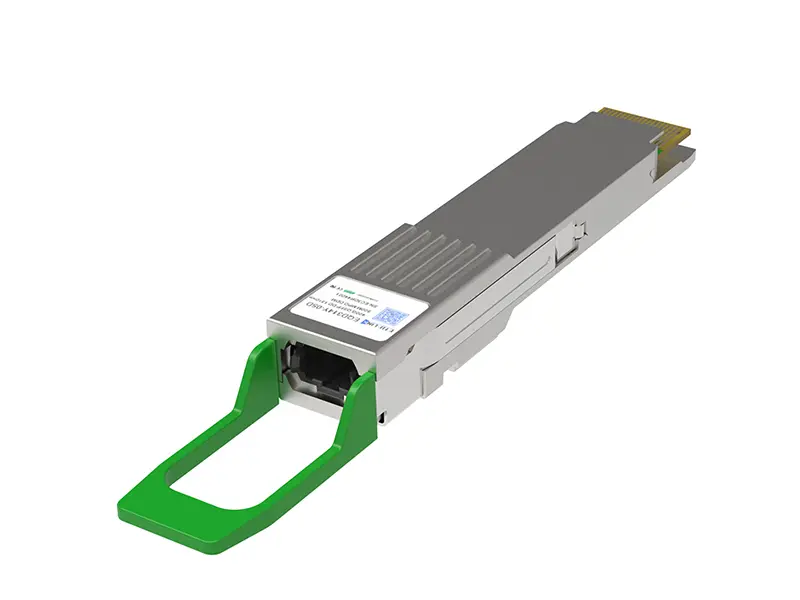 400G
400G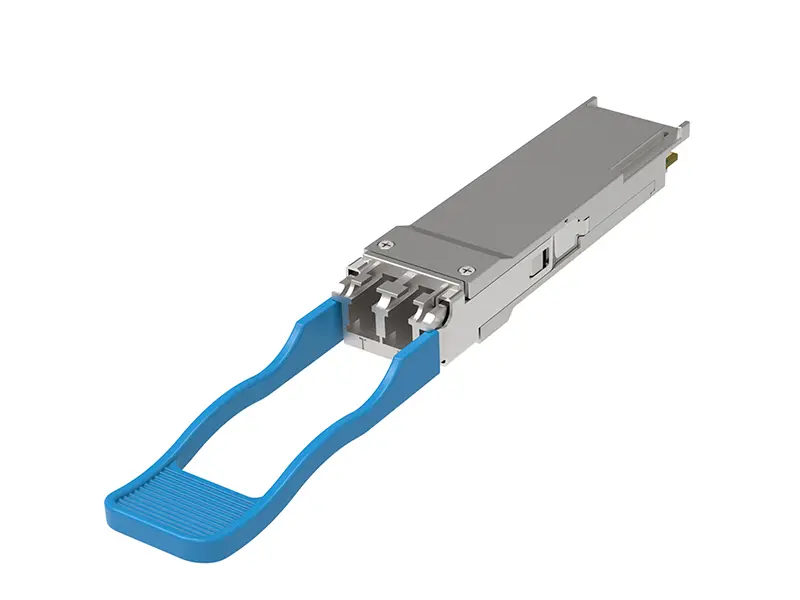 200G
200G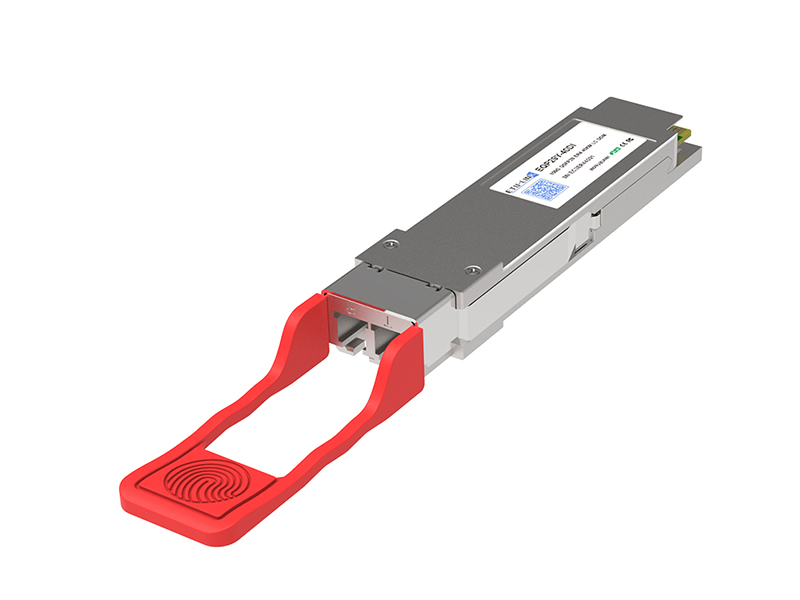 100G
100G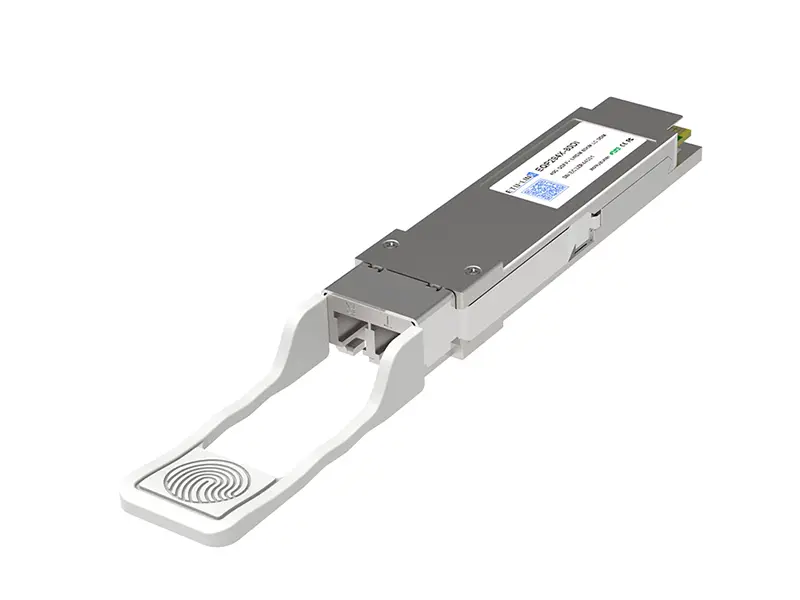 40G
40G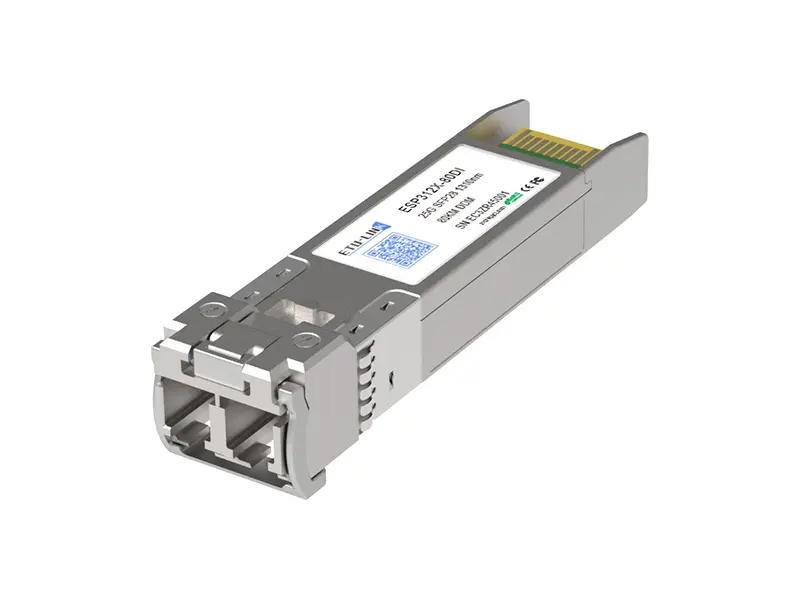 25G
25G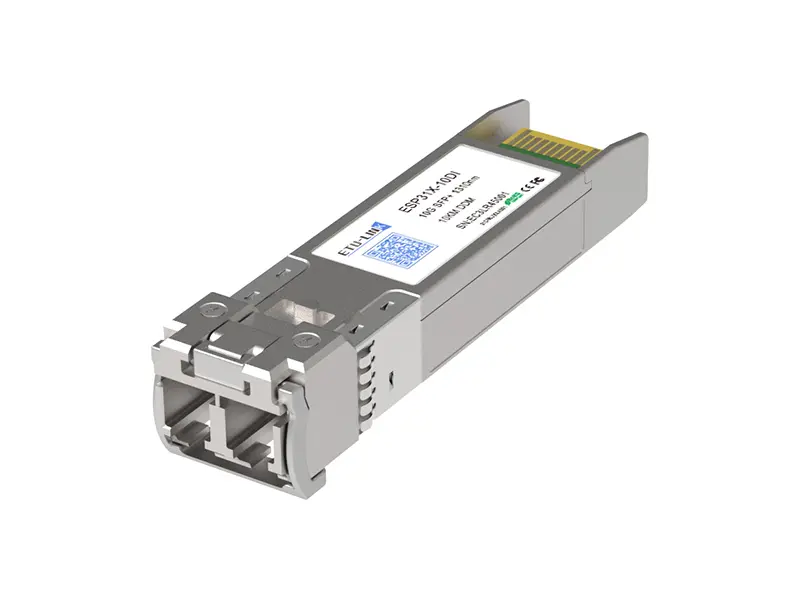 10G
10G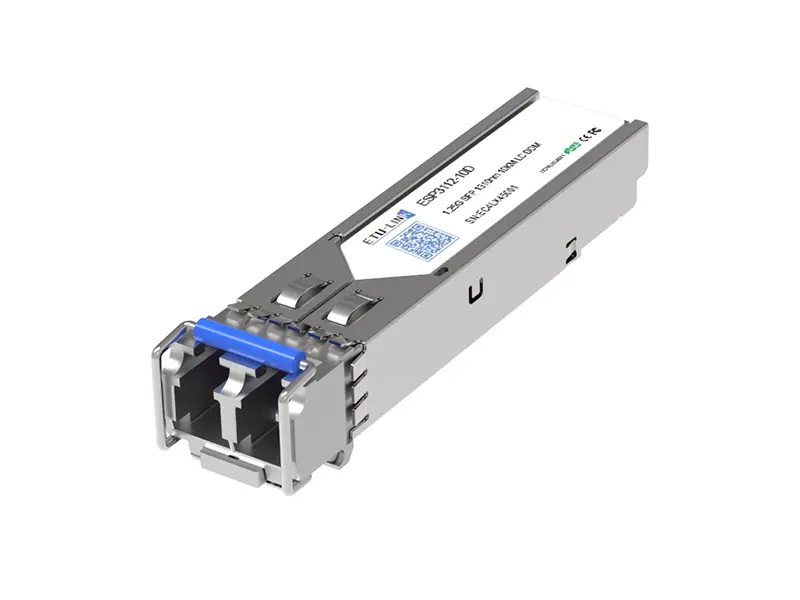 1G
1G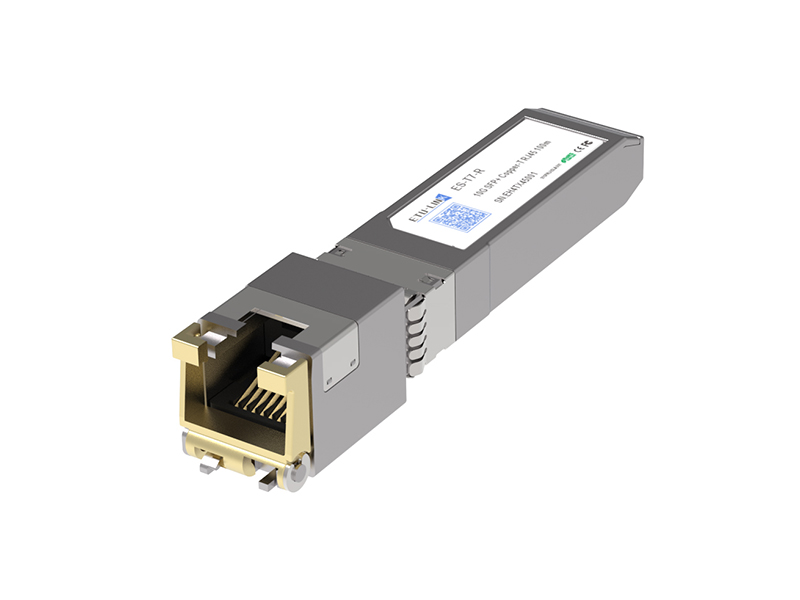 COPPER-T
COPPER-T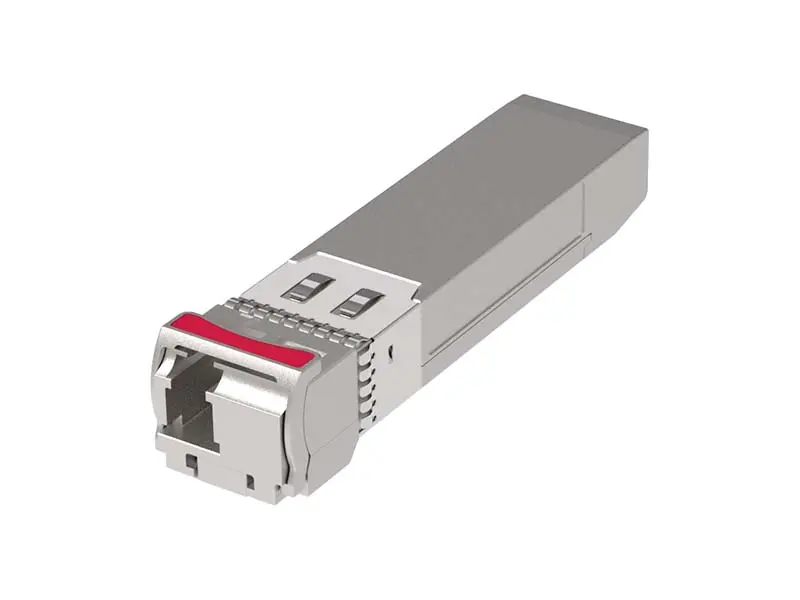 Other
Other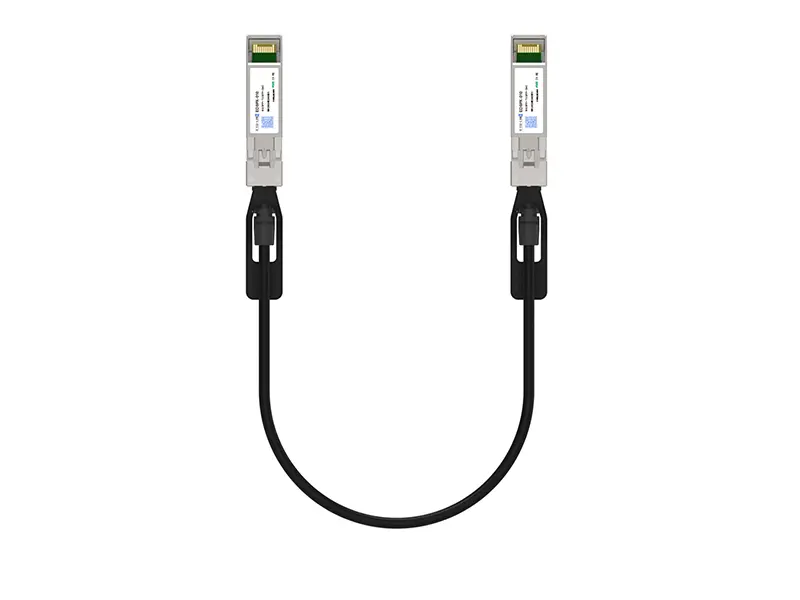 10G SFP+ DAC
10G SFP+ DAC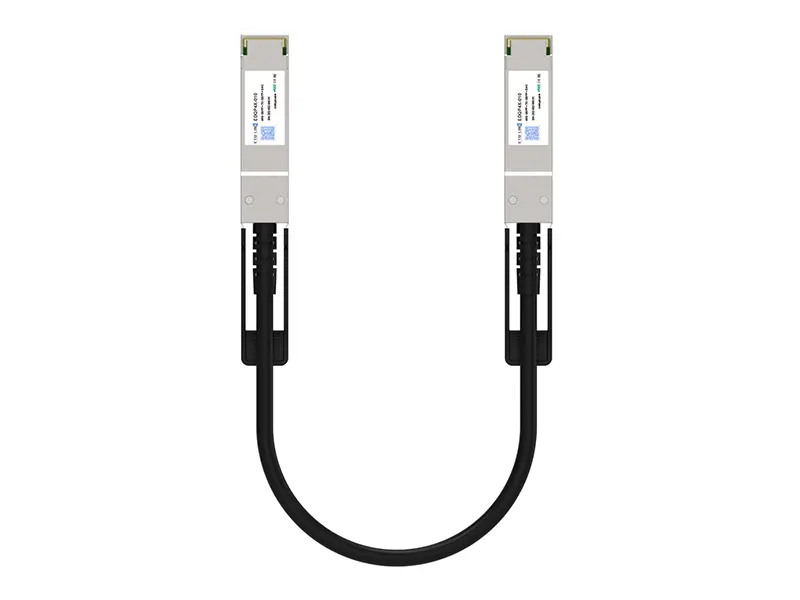 40G QSFP+ DAC
40G QSFP+ DAC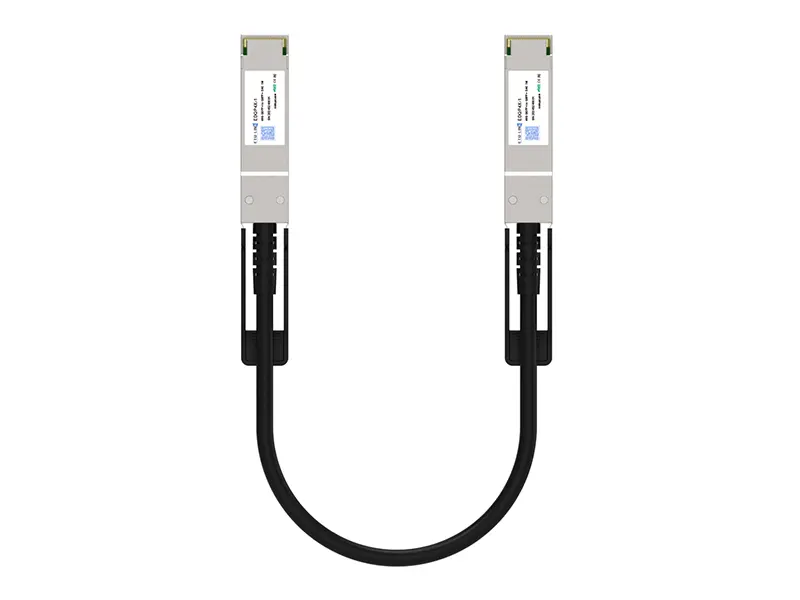 56G QSFP+ DAC
56G QSFP+ DAC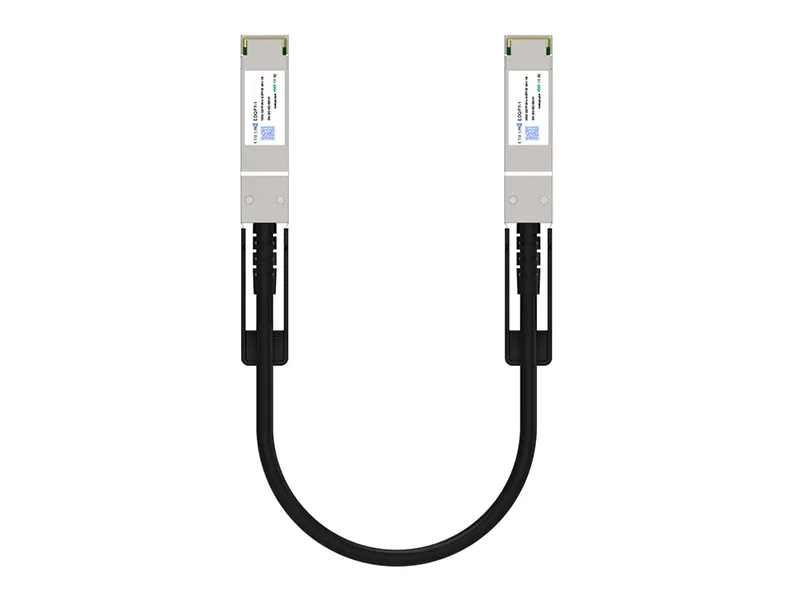 100G QSFP28 DAC
100G QSFP28 DAC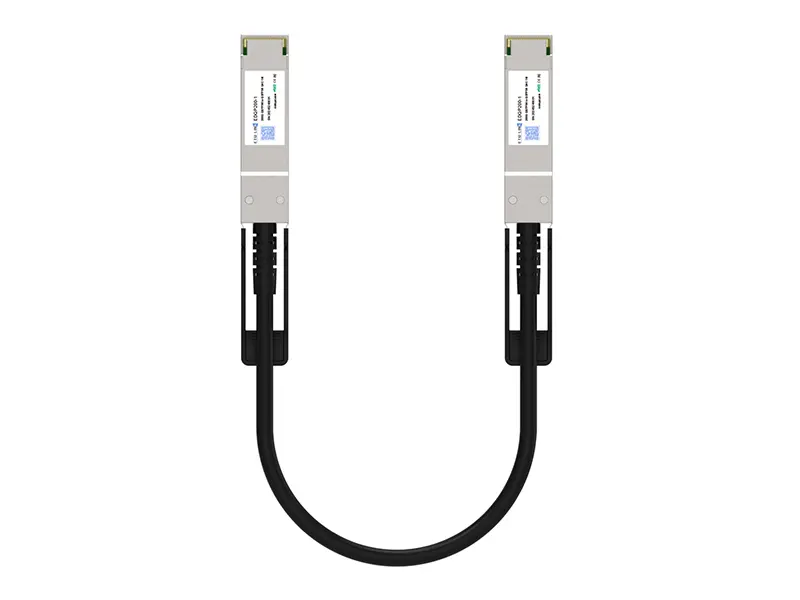 200G QSFP56 DD DAC
200G QSFP56 DD DAC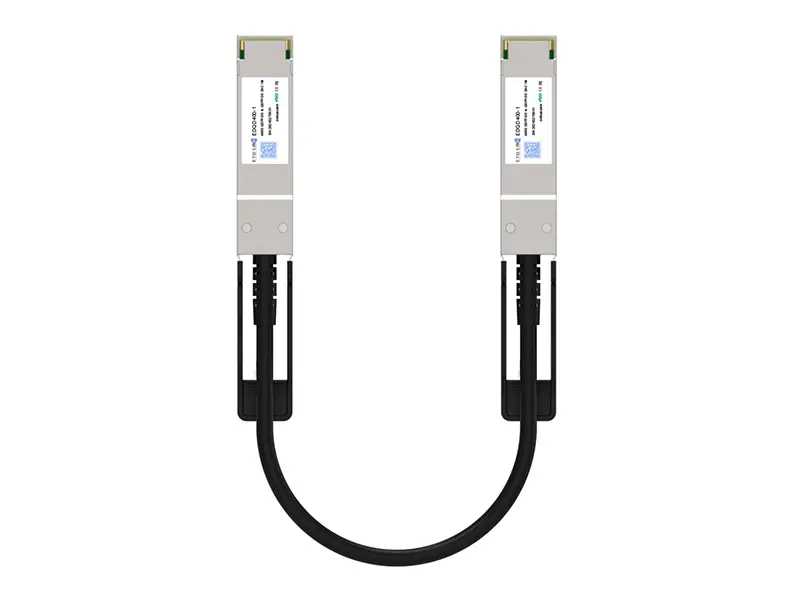 400G QSFP DD DAC
400G QSFP DD DAC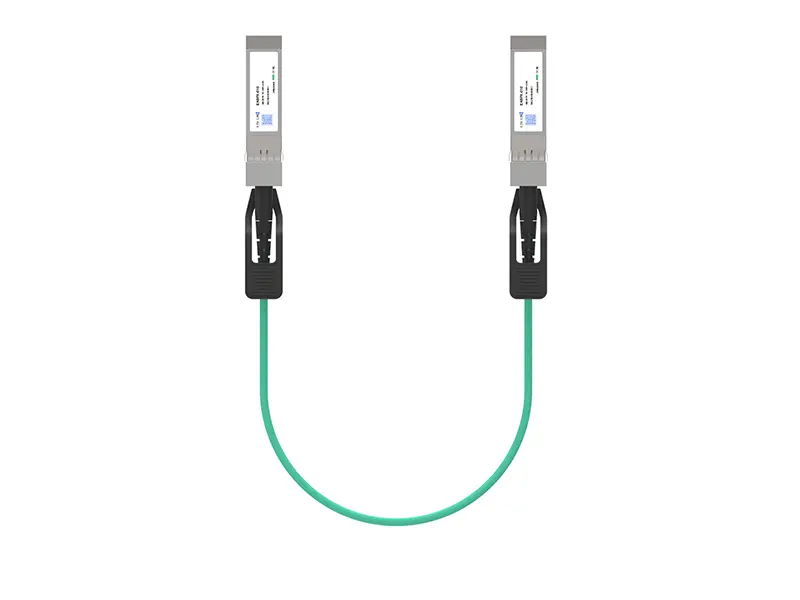 10G SFP+ AOC
10G SFP+ AOC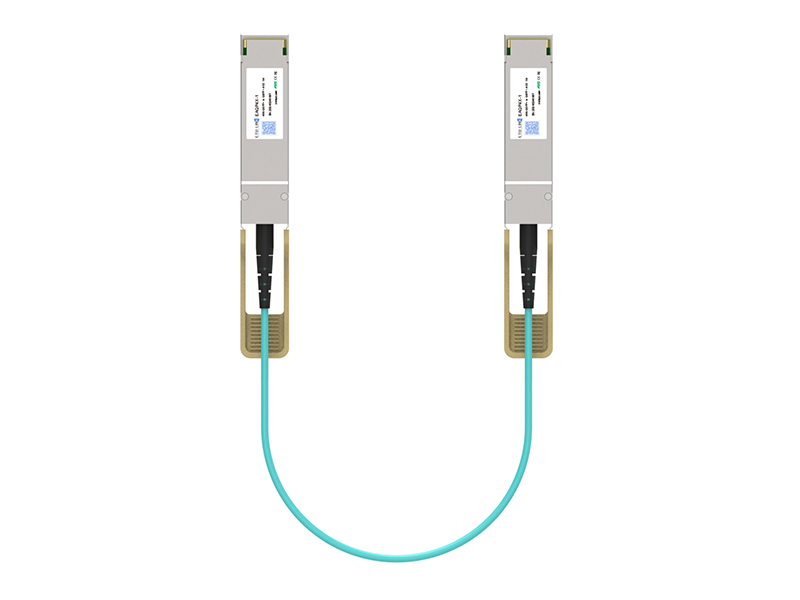 40G QSFP+ AOC
40G QSFP+ AOC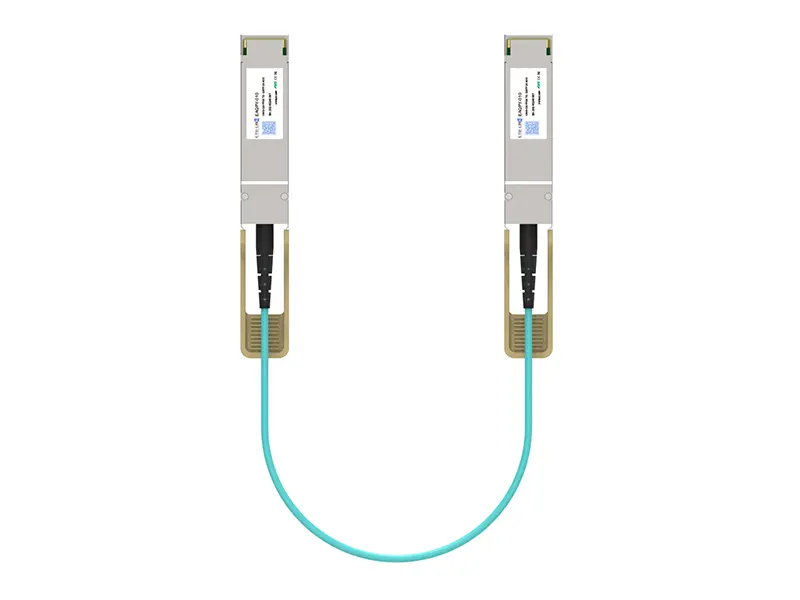 100G QSFP28 AOC
100G QSFP28 AOC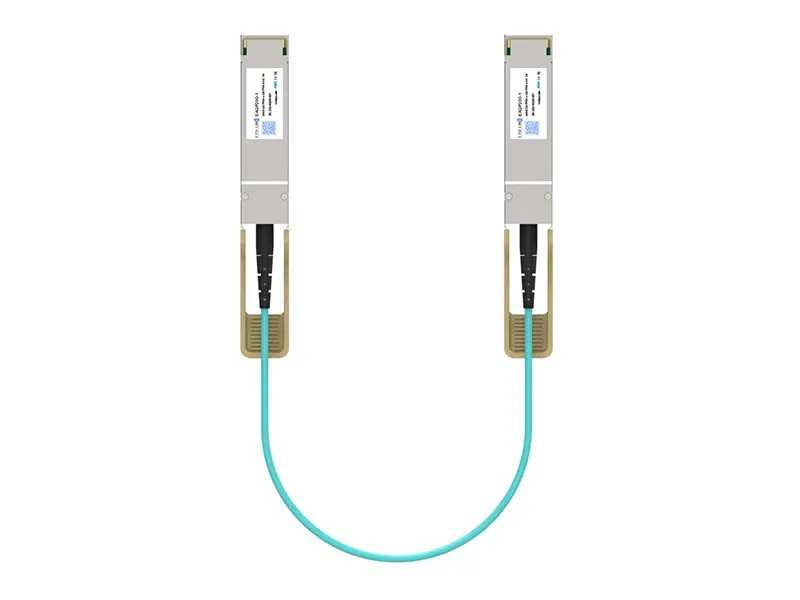 200G QSFP56 AOC
200G QSFP56 AOC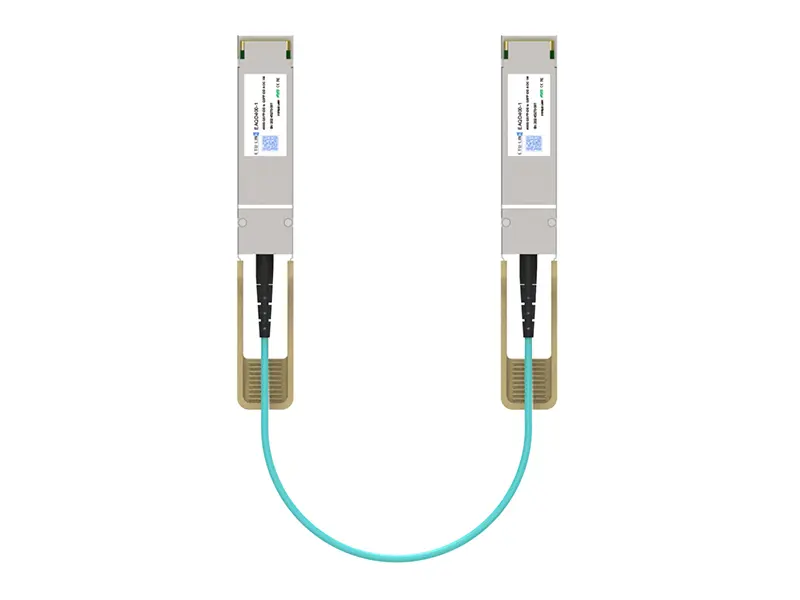 400G QSFP-DD AOC
400G QSFP-DD AOC Adapter Details
Adapter Details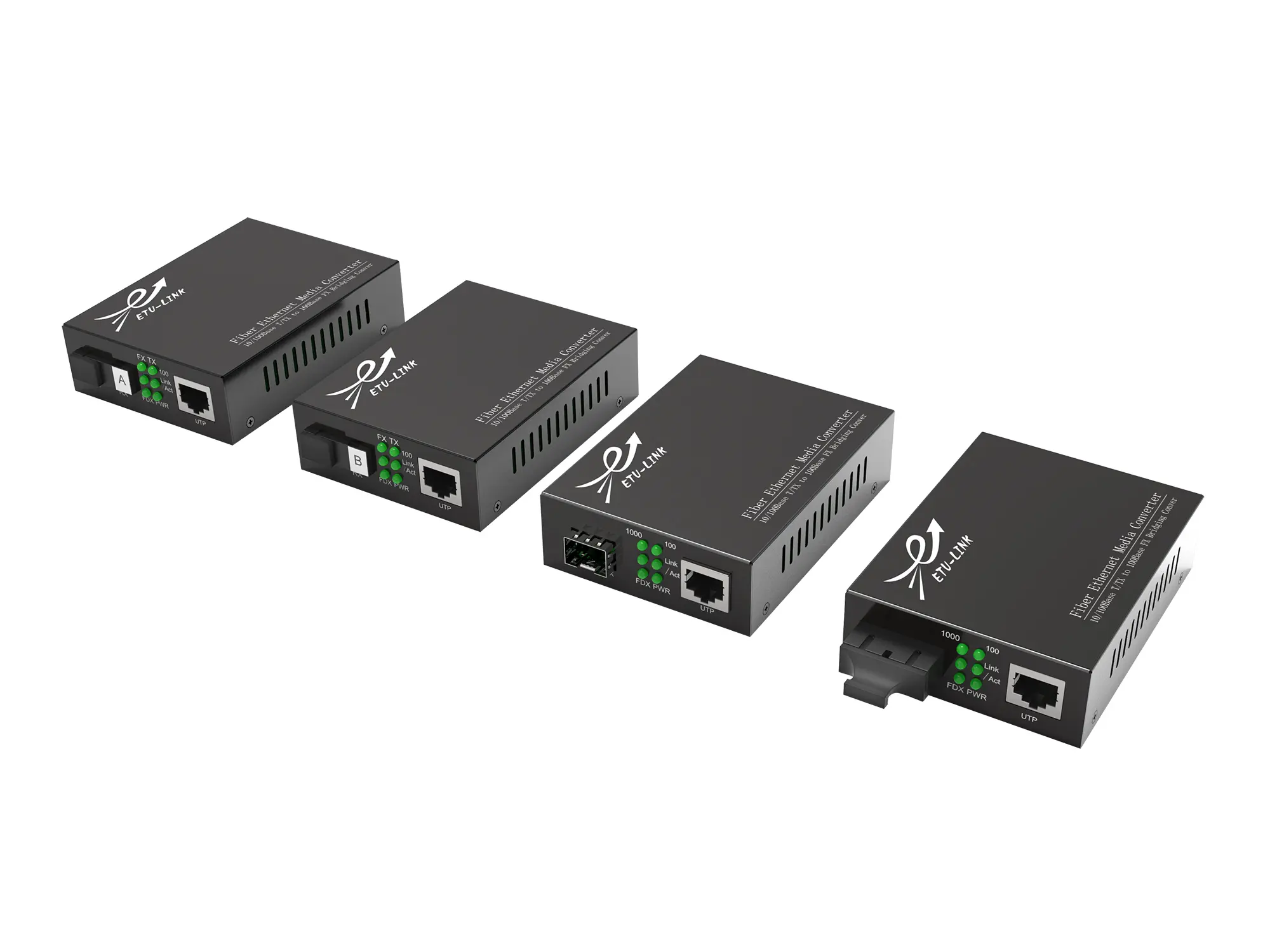 Media Converter
Media Converter
